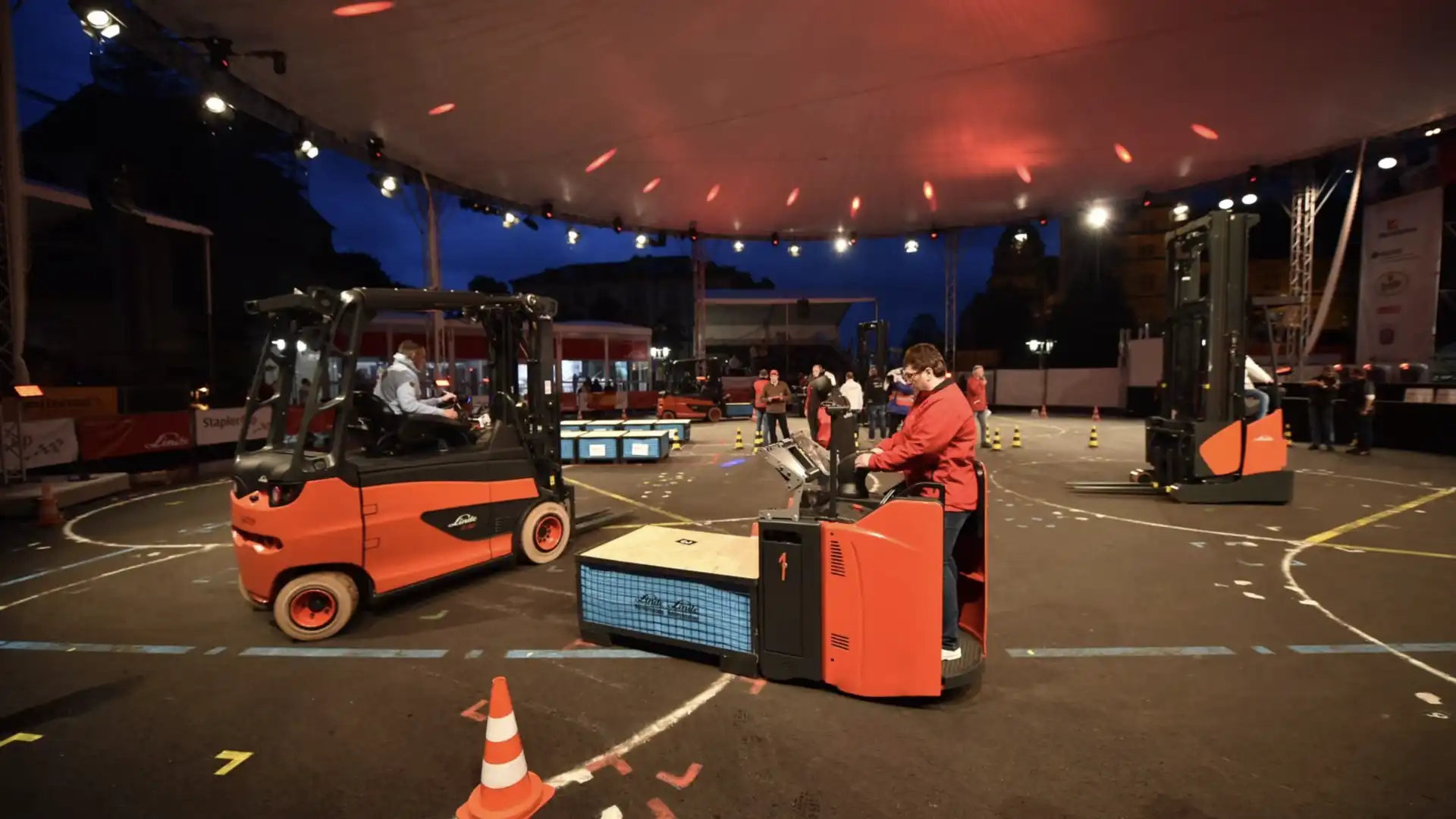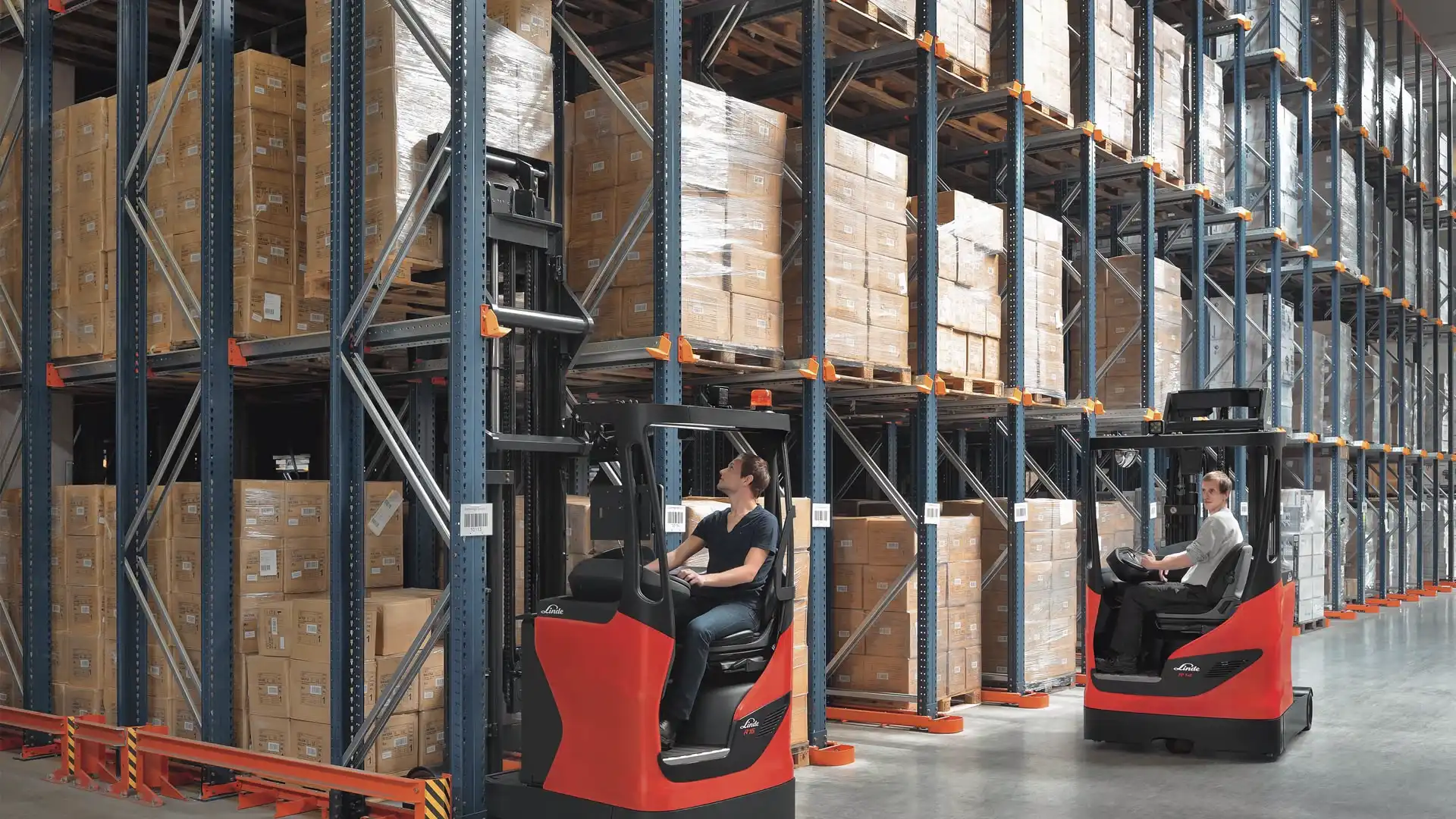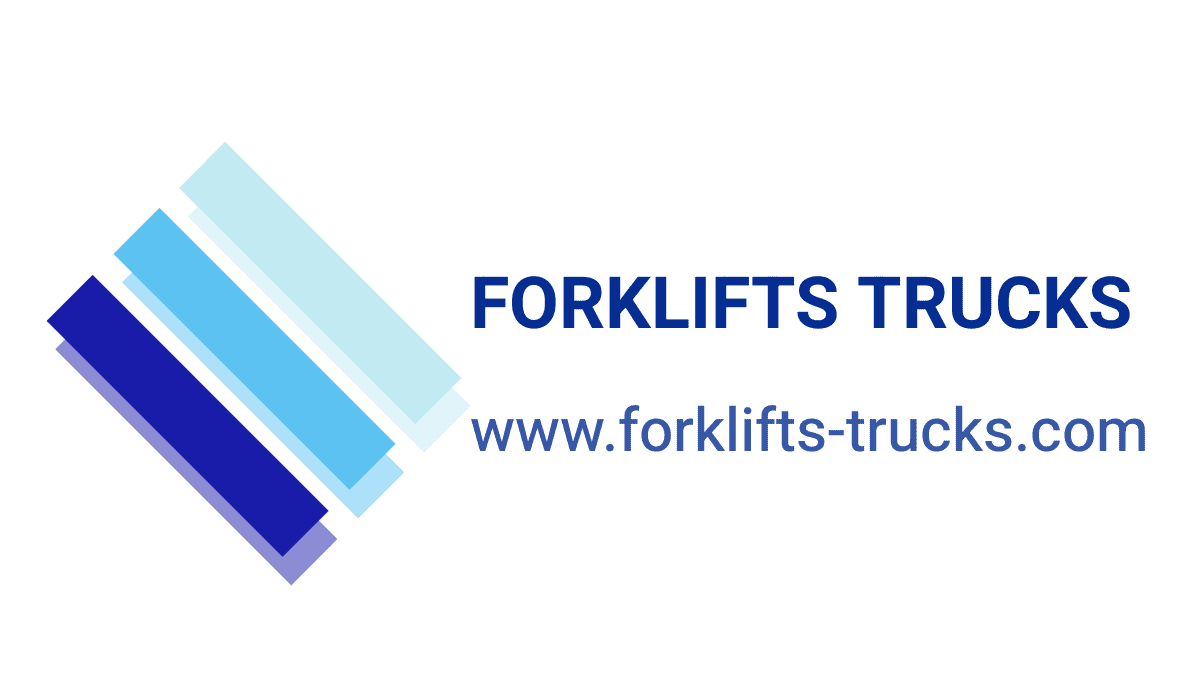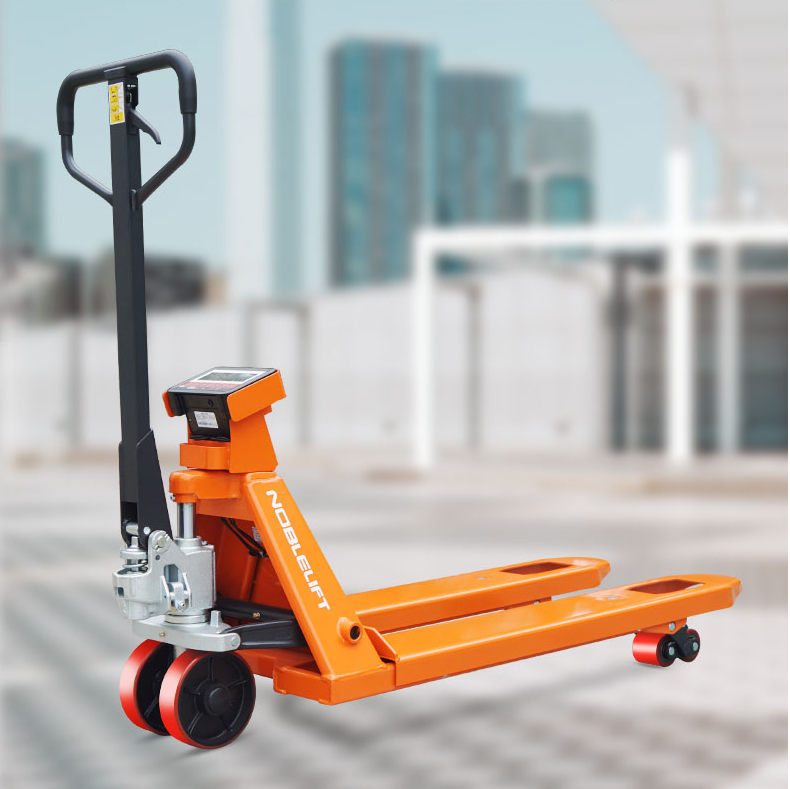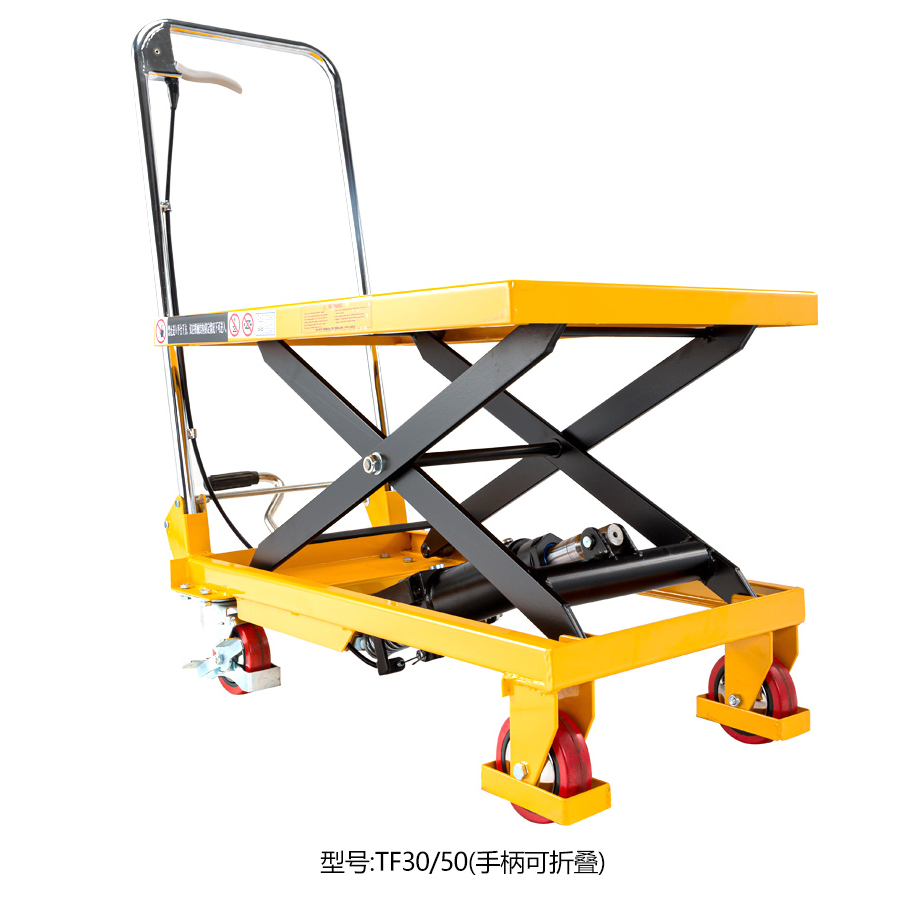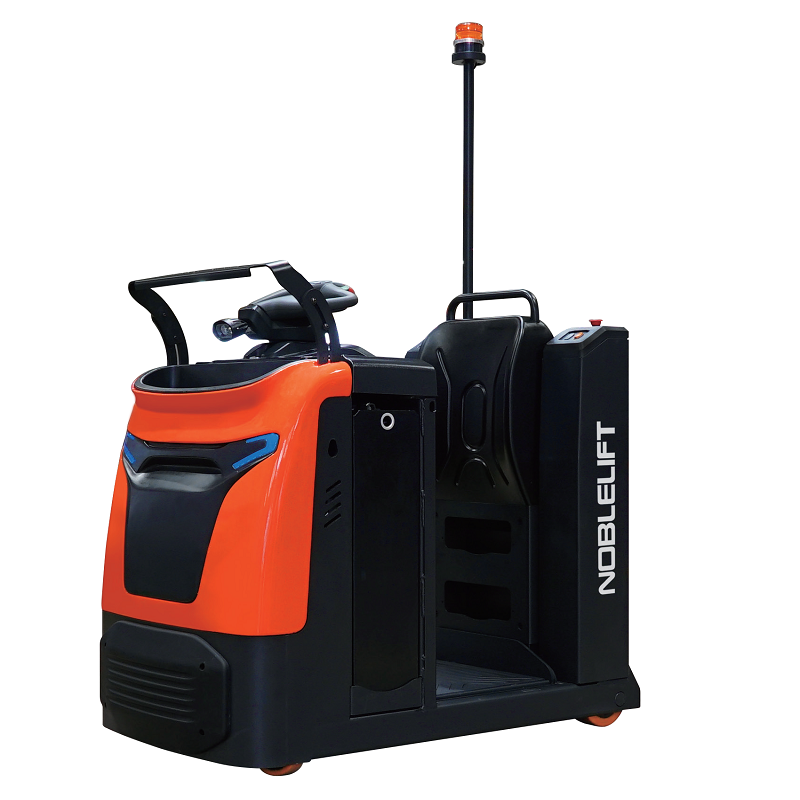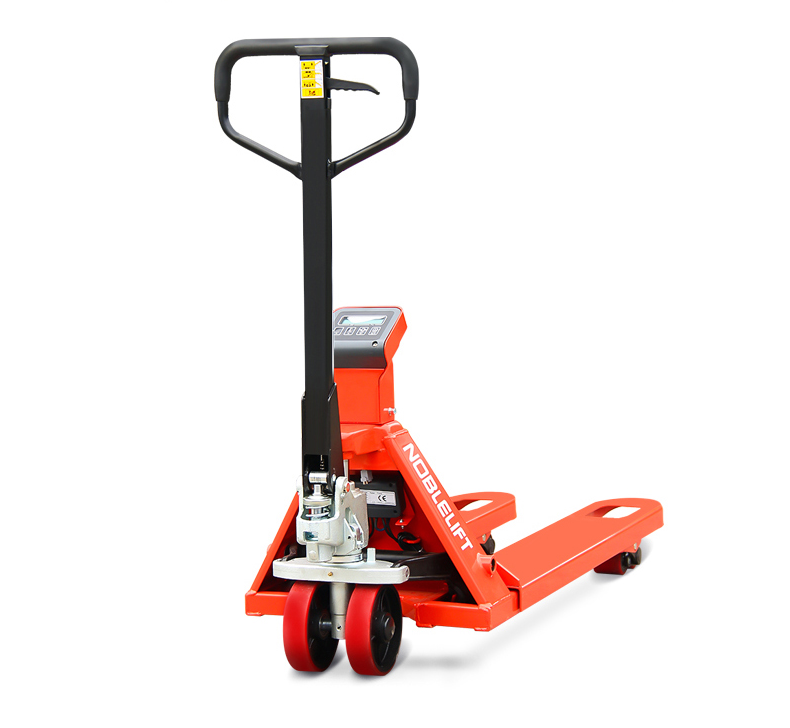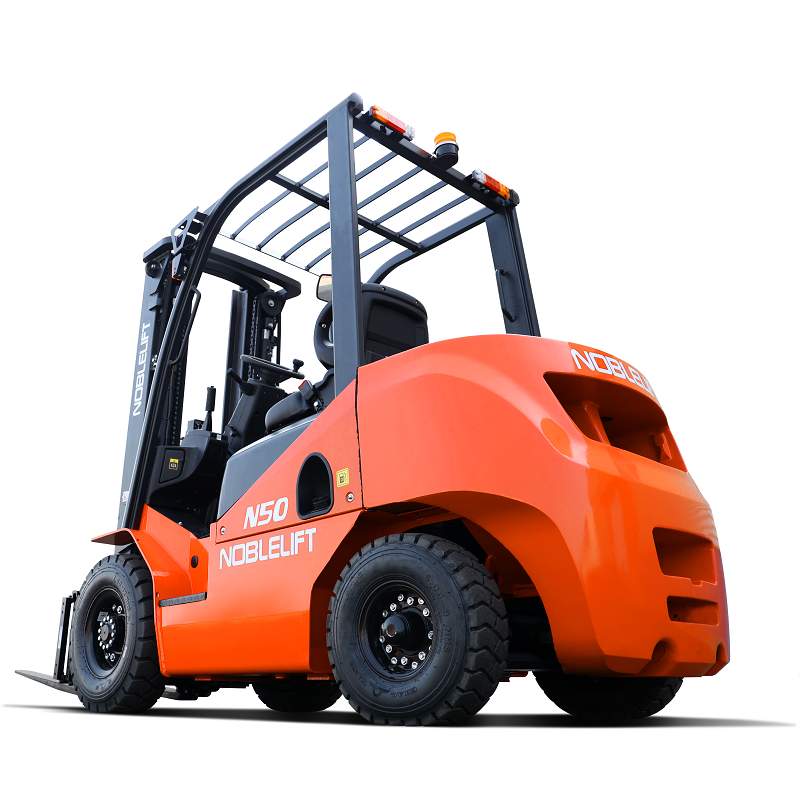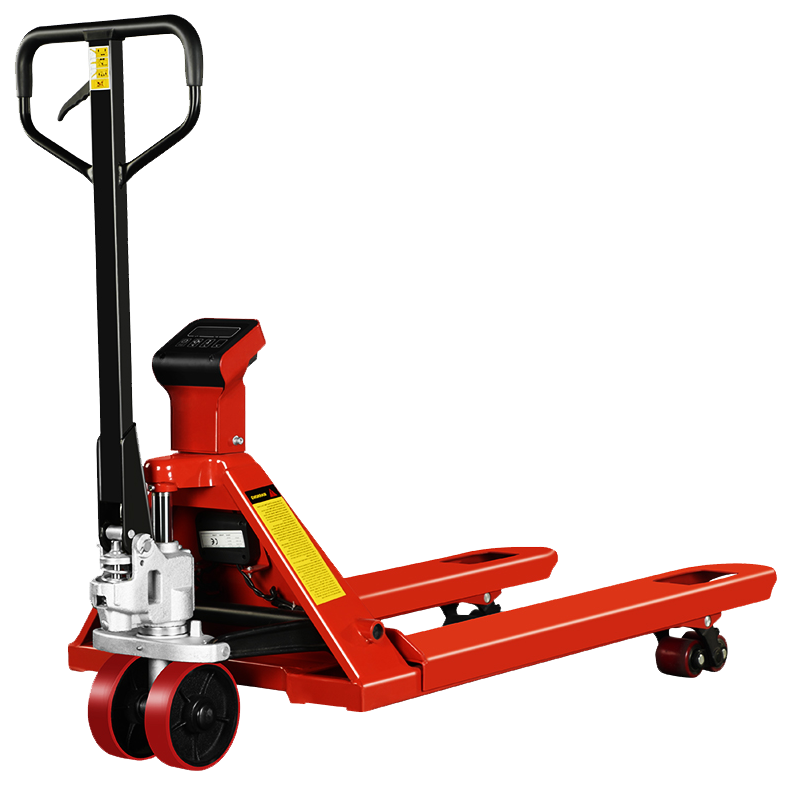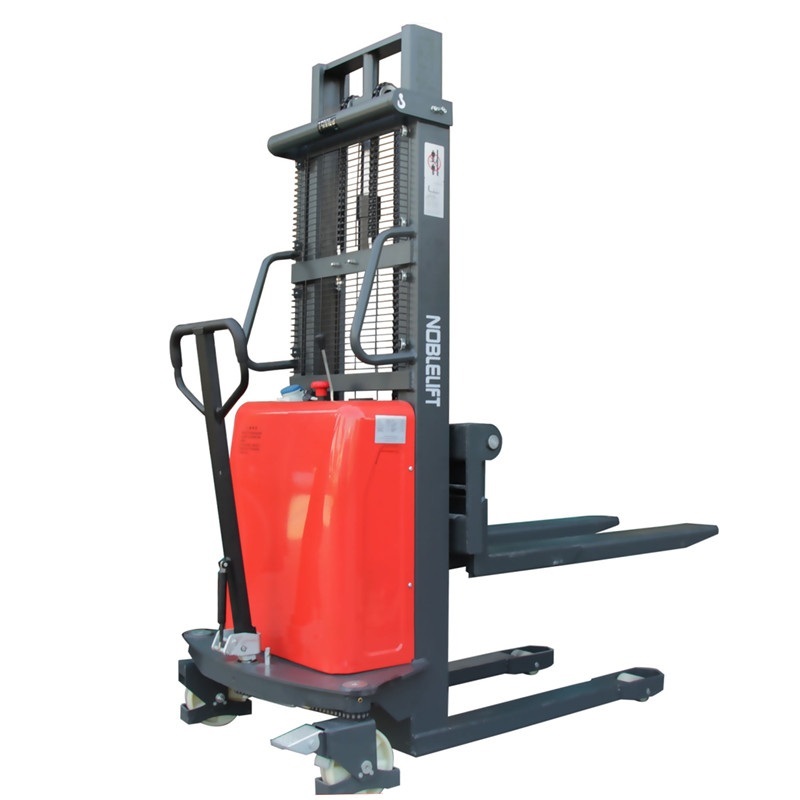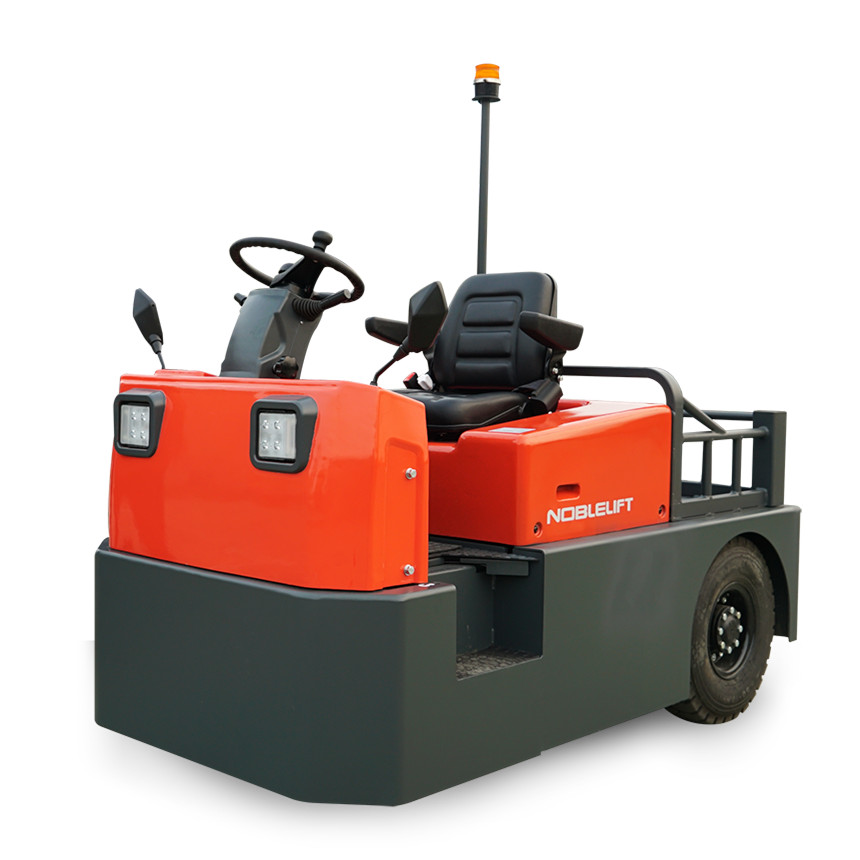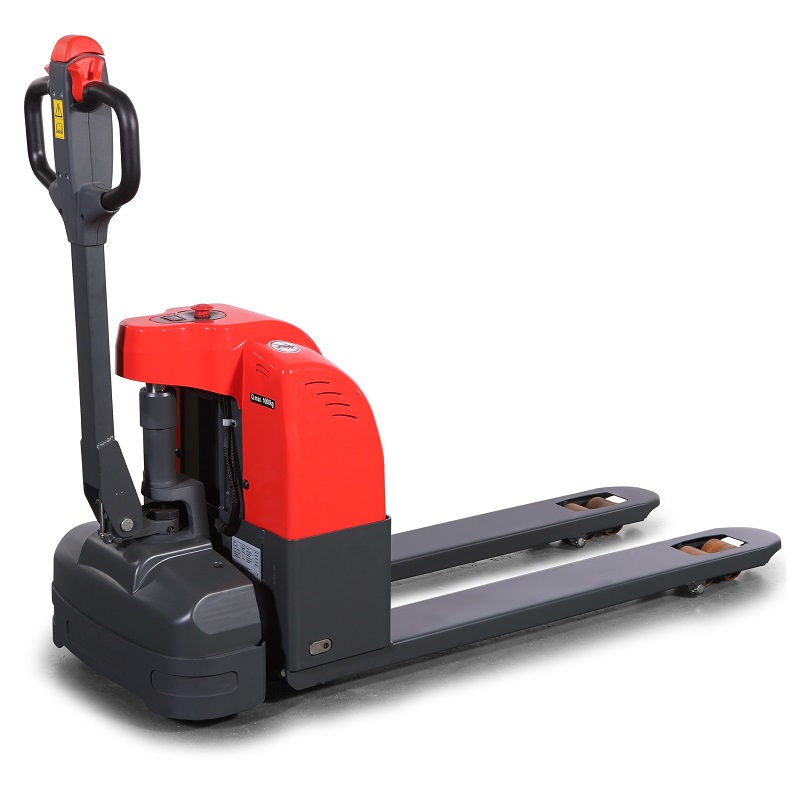

Buy forklifts for SALE as a USA/UK/Canda/Australia/India Importer Wholesale Trader
Hot Products


Product characteristics
about Us
- As a 20 years experience of online trader for Forklifts including Materials Handling Forklifts, Stackers, Industrial vehicles, Scrubbers, Transporters Sale Buy Online Industrial Equipment.
- We are long lasting company based in China and professional based on our full equipped warehouse, factory, and exporter to your place by sea.
- For pre-sale service, please contact our email on Contact us, and level of price from 500-50,000$,
For after-sale service, please also contact us for more info about shipping details we both sides need to offer.

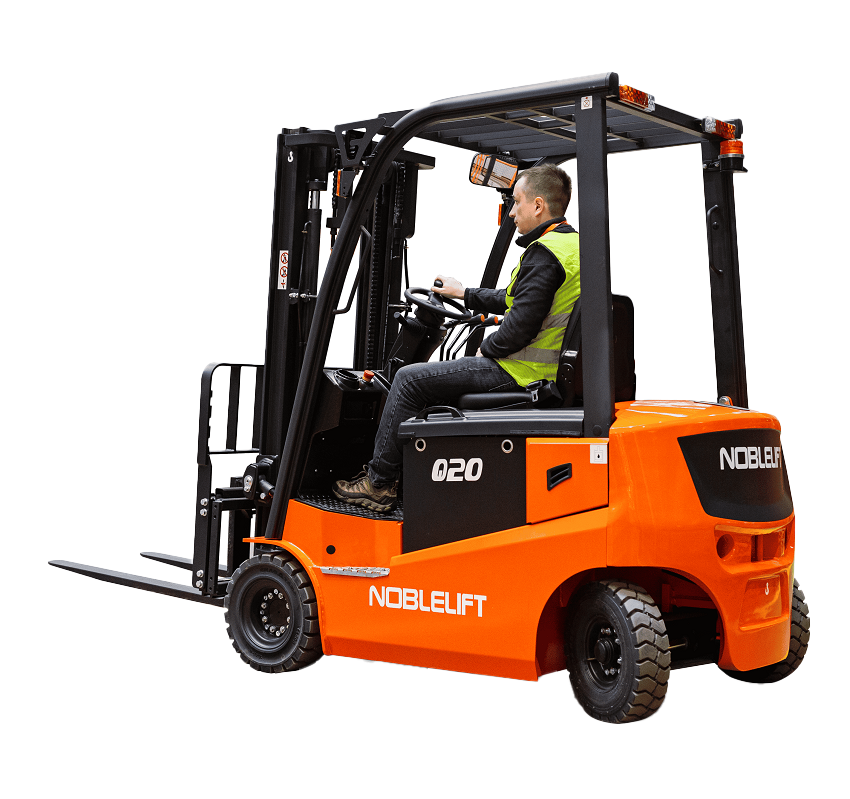
New products launched
9 major technological innovations
- Maintenance-free motor
- Pure electric
- Low noise and vibration
- Intelligent dashboard
- Small turning radius
- 2.0 large tonnage
- Solid tires
- Low energy consumption
- 1-year vehicle warranty

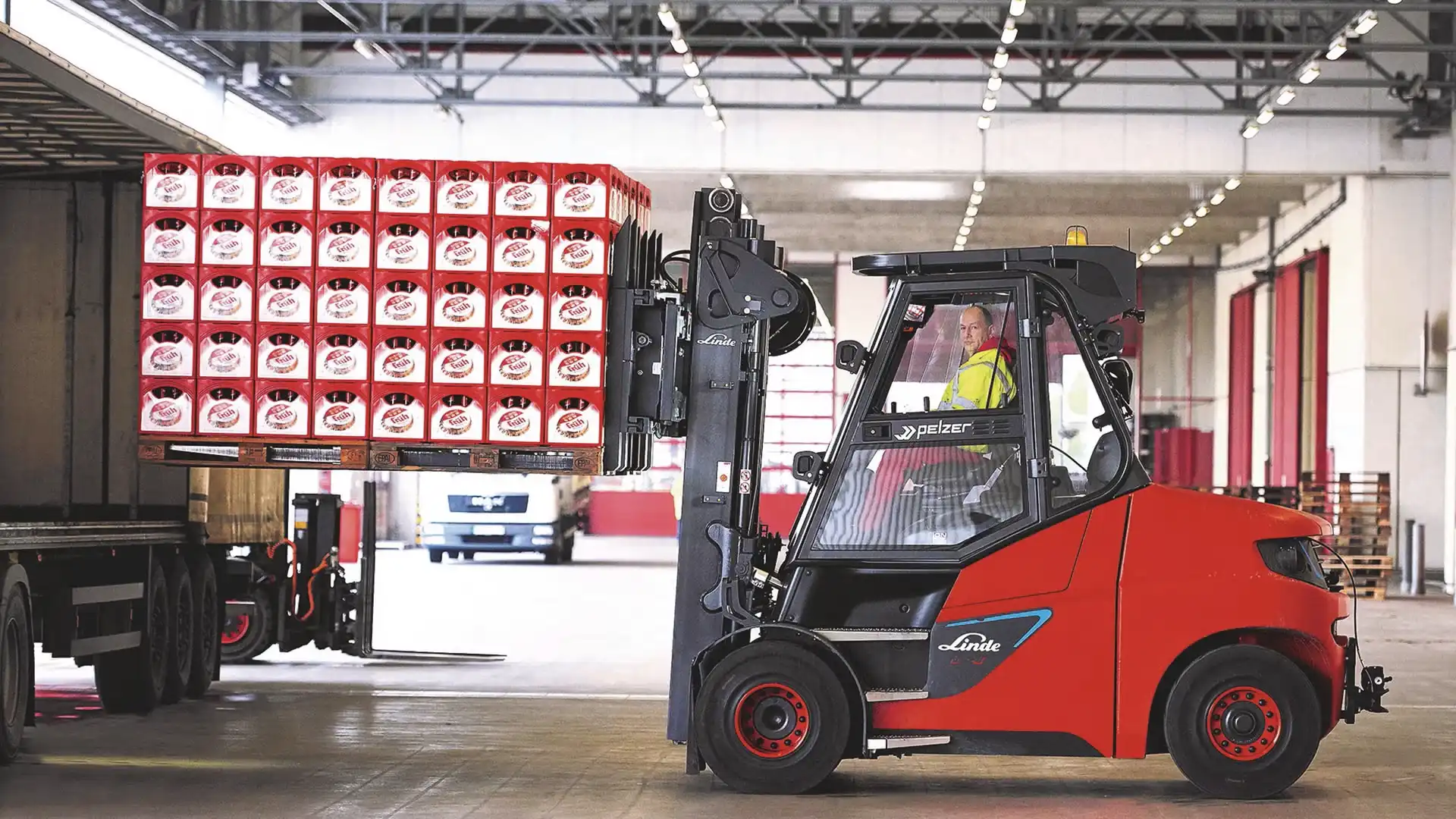
Featured Products
product display
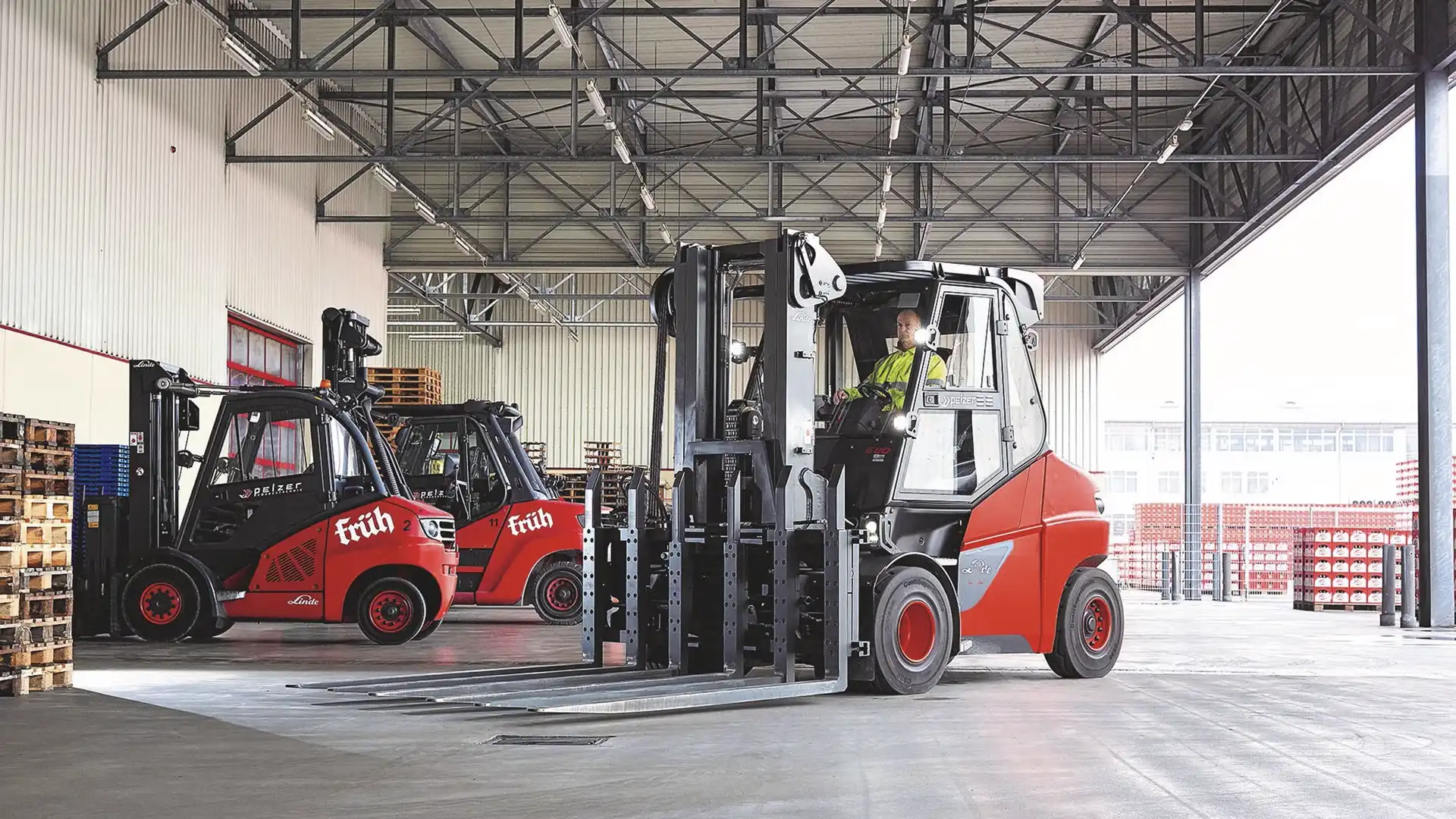
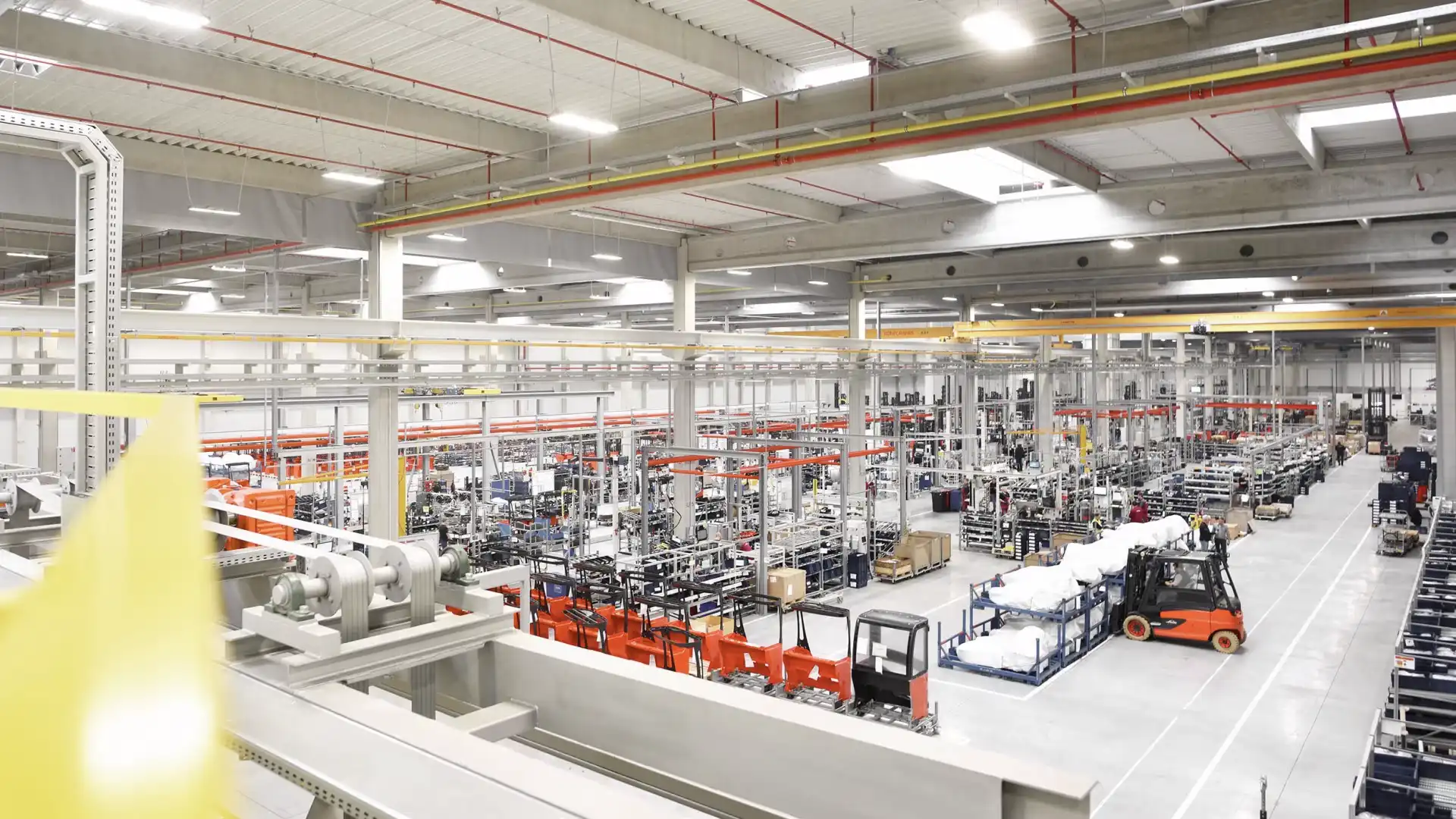
Latest Blog
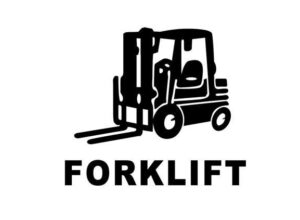
trade for SALE as a USA/UK/Canda/Australia/India Trader sale are the unsung heroes of the material handling industry, playing a pivotal role in the efficient movement and management of goods across a wide range of applications. From warehousing and manufacturing to construction and logistics
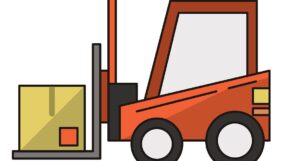
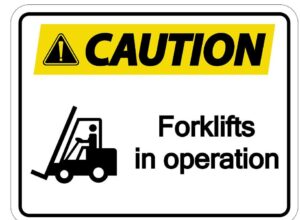
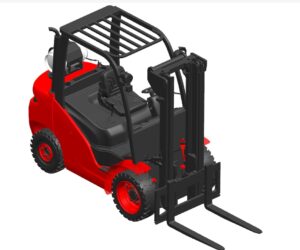
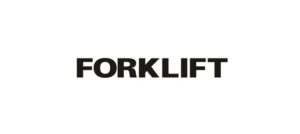
by official forklifts trucks website….
# Diverse Forklift Solutions for Warehouse and Factory Material Handling
Forklifts are pivotal in optimizing material handling in warehouses and factories. They enhance efficiency, safety, and productivity by facilitating the movement, lifting, and stacking of heavy loads. This article explores diverse forklift solutions tailored for various applications within these environments, examining their types, features, advantages, and ideal use cases.
## 1. Counterbalance Forklifts
### Overview
Counterbalance forklifts are the most common type of forklifts used globally. They are characterized by a weight at the rear that counterbalances the load lifted at the front. These forklifts can be powered by electric, diesel, or propane engines.
### Key Features
– **Versatility:** Suitable for various lifting tasks and environments.
– **Lifting Capacity:** Typically ranges from 3,000 lbs to over 15,000 lbs.
– **Maneuverability:** Electric models can operate in tight spaces with minimal turning radius.
### Advantages
– **Flexible Use:** Can be utilized both indoors and outdoors, making them ideal for mixed-use environments.
– **Easy Operation:** Simplified controls make them accessible for operators of varying skill levels.
### Use Cases
– **Warehousing:** Ideal for moving pallets and stacking products efficiently.
– **Manufacturing:** Useful for transporting raw materials and finished goods within the factory.
– **Distribution Centers:** Essential for loading and unloading trucks and containers.
## 2. Reach Trucks
### Overview
Reach trucks are designed specifically for narrow aisle operations. They feature extendable forks that allow operators to reach high shelves while maintaining a compact design.
### Key Features
– **Narrow Profile:** Designed to operate in aisles as narrow as 6 feet.
– **High Reach Capabilities:** Can lift loads to heights of up to 40 feet.
– **Electric Power:** Typically battery-operated, resulting in lower emissions.
### Advantages
– **Space Optimization:** Maximizes vertical space, ideal for high-density storage.
– **Enhanced Visibility:** Operators have a clear view of the forks and load for precise handling.
### Use Cases
– **High-Density Warehousing:** Perfect for environments with limited floor space and high shelving.
– **Cold Storage Facilities:** Efficient for retrieving goods in temperature-controlled environments.
– **Retail Stockrooms:** Useful for accessing inventory stored on high shelves.
## 3. Pallet Jacks
### Overview
Pallet jacks (or pallet trucks) are simple devices used for lifting and moving pallets. They come in manual and electric versions.
### Key Features
– **Simplicity:** Easy to operate, requiring minimal training.
– **Manual and Electric Options:** Manual models are cost-effective, while electric models provide powered lifting.
– **Compact Size:** Ideal for navigating tight spaces.
### Advantages
– **Cost-Effective:** Lower initial investment compared to larger forklifts.
– **Versatile Use:** Suitable for a variety of applications, especially in smaller operations.
### Use Cases
– **Retail Environments:** Commonly used for moving pallets of goods from loading docks to storage areas.
– **Small Warehouses:** Efficient for short-distance transport of goods.
– **Manufacturing Plants:** Useful for moving raw materials within production areas.
## 4. Order Pickers
### Overview
Order pickers are specialized forklifts that allow operators to elevate themselves along with the forks to retrieve items from shelves at varying heights.
### Key Features
– **Ergonomic Design:** Provides comfort for operators during extended use.
– **Height Reach:** Capable of reaching shelves up to 30 feet high.
– **Enhanced Maneuverability:** Designed for narrow aisles and tight spaces.
### Advantages
– **Improved Productivity:** Enables operators to pick items directly from shelves, reducing retrieval time.
– **Operator Safety:** Enhanced safety features minimize the risk of falls.
### Use Cases
– **Order Fulfillment Centers:** Ideal for efficiently picking items for shipping.
– **Retail Stock Management:** Efficient for restocking shelves in retail settings.
– **Inventory Management:** Useful in warehouses for organizing and retrieving stock.
## 5. Rough Terrain Forklifts
### Overview
Rough terrain forklifts are designed for outdoor use on uneven surfaces. They typically feature larger tires and higher ground clearance.
### Key Features
– **Sturdy Construction:** Built to withstand rugged environments and heavy loads.
– **All-Terrain Capability:** Can navigate rough, unpaved surfaces.
– **Higher Lifting Capacity:** Generally equipped to handle heavy loads.
### Advantages
– **Adaptability:** Suitable for various outdoor applications, including construction and landscaping.
– **Stability:** Enhanced stability on uneven ground reduces the risk of tipping.
### Use Cases
– **Construction Sites:** Ideal for moving materials across uneven ground.
– **Agriculture:** Useful for transporting goods in fields and farmyards.
– **Landscaping Projects:** Efficient for moving heavy materials in outdoor settings.
## 6. Telehandlers
### Overview
Telehandlers, or telescopic handlers, combine the functionality of a forklift and a crane. They can lift and extend loads to various heights and distances.
### Key Features
– **Extendable Arm:** Allows for reaching high or distant loads, providing versatility.
– **Versatile Attachments:** Can be fitted with buckets, forks, or other tools for different applications.
– **Higher Lifting Capacities:** Typically can lift between 5,000 lbs and 12,000 lbs.
### Advantages
– **Multi-Functional:** Can perform various tasks, reducing the need for multiple machines.
– **Reach and Lift:** Ideal for applications requiring both vertical and horizontal movement.
### Use Cases
– **Construction:** Ideal for moving heavy materials to elevated areas.
– **Landscaping:** Efficient for transporting supplies and equipment across job sites.
– **Agriculture:** Useful for lifting bales, pallets, and other materials on farms.
## 7. Stackers
### Overview
Stackers are designed for lifting and stacking pallets, often in narrow aisles. They can be manual or electric.
### Key Features
– **Compact Design:** Ideal for operations in confined spaces.
– **Manual and Electric Options:** Available in both types for different applications.
– **Lifting Height:** Capable of lifting loads to heights of up to 15 feet.
### Advantages
– **Space Efficiency:** Perfect for maximizing storage in limited areas.
– **Ease of Use:** Simple operation, making them accessible for various operators.
### Use Cases
– **Warehousing:** Efficient for stacking and retrieving goods in limited space.
– **Retail Backrooms:** Useful for organizing stock on shelves.
– **Small Manufacturing Facilities:** Ideal for moving and stacking materials.
## 8. Multi-Directional Forklifts
### Overview
Multi-directional forklifts are designed to operate in tight spaces and can move loads both sideways and forward/backward.
### Key Features
– **360-Degree Movement:** Allows for versatile maneuvering of loads.
– **Narrow Design:** Ideal for confined areas, promoting efficient space usage.
– **Electric and Diesel Options:** Available in both power types.
### Advantages
– **Adaptability:** Can handle a variety of loads in different orientations.
– **Enhanced Maneuverability:** Ideal for operations in congested environments.
### Use Cases
– **Narrow Aisle Warehousing:** Perfect for operations where space is limited.
– **Loading Docks:** Efficient for maneuvering loads in tight loading areas.
– **Retail Environments:** Useful for organizing stock in confined backrooms.
## 9. Automatic and Robotic Forklifts
### Overview
Automatic and robotic forklifts are increasingly being adopted in modern warehouses and factories. These machines can operate autonomously, reducing the need for human intervention.
### Key Features
– **Autonomous Operation:** Equipped with sensors and software to navigate and perform tasks without operator input.
– **Integration with Warehouse Management Systems (WMS):** Can communicate with inventory systems for efficient operation.
– **Safety Features:** Advanced sensors detect obstacles and prevent collisions.
### Advantages
– **Increased Efficiency:** Can operate continuously without breaks, improving throughput.
– **Reduced Labor Costs:** Minimizes the need for manual labor, allowing for a more streamlined workforce.
### Use Cases
– **High-Volume Warehousing:** Ideal for environments with high turnover rates and tight deadlines.
– **Automated Distribution Centers:** Efficient for managing inventory in large facilities.
– **Manufacturing:** Useful for transporting materials between production lines.
## 10. Specialized Forklifts
### Overview
Specialized forklifts are designed for unique applications and can include models suited for specific industries or tasks.
### Key Features
– **Industry-Specific Designs:** Tailored for functions such as paper handling, cold storage, or hazardous material transport.
– **Custom Attachments:** Configurable for various loads and tasks.
### Advantages
– **Efficiency:** Designed to handle specific materials or environments, improving operational efficiency.
– **Safety:** Built with features tailored to the unique risks associated with specific industries.
### Use Cases
– **Paper Handling:** Forklifts designed with specialized forks for handling large rolls of paper.
– **Cold Storage:** Models equipped to operate in sub-zero temperatures for food storage.
– **Hazardous Materials:** Forklifts designed to safely handle and transport hazardous substances.
## Conclusion
Diverse forklift solutions play a crucial role in optimizing material handling in warehouses and factories. Each type of forklift offers unique features and advantages tailored to specific applications, from counterbalance forklifts for general warehouse tasks to specialized models for unique industry needs.
Choosing the right forklift not only enhances efficiency and productivity but also improves safety in material handling operations. By understanding the various categories and their use cases, businesses can make informed decisions that align with their operational requirements and contribute to their overall success. Investing in the right forklift solution is a strategic move that can yield significant returns in efficiency, safety, and cost-effectiveness.
